In today’s digital workplace, teams create, edit, and share information faster than ever before. However, without the right system in place, content becomes scattered across emails, shared drives, and multiple tools. This leads to version control issues, duplicated work, and lost productivity. Content collaboration software solves these problems by providing a unified space where employees can work together on files, manage feedback, and maintain control over content creation workflows.
Whether you’re managing marketing campaigns, product documentation, or internal communications, content collaboration tools are essential for keeping everyone aligned. The best solutions bring document sharing, commenting, project tracking, and integrations into one place, enabling teams to work seamlessly—regardless of where they are.
Top 15 content collaboration software for 2025
- Axero
- Miro
- Notion
- Google Workspace
- Microsoft SharePoint
- Confluence (by Atlassian)
- Dropbox Paper
- ClickUp
- Zoho WorkDrive
- Box
- Airtable
- Hightail
- Wrike
- Smartsheet
- Monday.com
What is content collaboration software
Content collaboration software is a digital platform that allows teams to co-create, share, and manage content in real time. These tools streamline how files and documents are produced and maintained, ensuring all stakeholders can contribute, review, and approve without delays. From document co-editing to workflow automation, they provide a secure and organized way to manage the entire content lifecycle.
By combining file storage, communication, and task management, these platforms ensure that employees always have access to the latest information and can collaborate effectively from anywhere.
What to consider when choosing the right content collaboration software
Choosing the best content collaboration tool depends on your team’s structure, workflow, and goals. Before you decide, focus on these key areas:
Real-time co-editing
Real-time editing enables multiple users to work on the same file simultaneously without conflicts. This reduces back-and-forth communication and eliminates version confusion.
Integration with existing tools
Look for platforms that integrate with apps your team already uses—like Slack, Microsoft 365, or Google Workspace. Seamless integration enhances efficiency and minimizes disruption.
File management and version control
Strong version control keeps track of edits and ensures that everyone works from the latest document. It also allows easy rollback to previous versions when needed.
User permissions and security
Choose a platform with customizable access controls to protect sensitive information. Multi-level permissions and data encryption are a must for compliance and data integrity.
Collaboration and communication features
Built-in chat, commenting, and notifications keep discussions in context. This ensures that collaboration happens within the document rather than in fragmented channels.
Scalability and storage
Your software should grow with your organization. Assess available storage options, scalability, and pricing flexibility before making a long-term commitment.
15 best content collaboration software
1. Axero
Axero is an industry-leading intranet and content collaboration platform that centralizes communication, document management, and knowledge management in one unified space. Designed to enhance productivity, Axero helps teams create, edit, and share content securely, ensuring everyone stays aligned.
Key features of Axero:
- Document management: Store, organize, and co-edit files with full version control and permission settings.
- Content publishing: Easily create pages, blogs, and wikis to share updates or documentation company-wide.
- Advanced integrations: Connects with Microsoft 365, Google Workspace, and other enterprise tools to simplify workflows.
Best for: Organizations seeking an all-in-one intranet and collaboration hub that supports enterprise communication and content management.
2. Miro
Miro provides an online whiteboard platform that allows teams to brainstorm, design, and collaborate visually. It’s ideal for remote teams managing creative workflows or product development processes.
Key features of Miro:
- Real-time whiteboarding: Collaborate visually with diagrams, mind maps, and sticky notes.
- Templates and frameworks: Kickstart projects using ready-made templates for strategy or planning sessions.
- Integrations: Works with Slack, Asana, Jira, and others for seamless collaboration.
Best for: Design, product, and agile teams collaborating on visual content.
3. Notion
Notion combines notes, databases, and wikis in a single workspace. It’s a flexible tool for teams that want to manage projects and create documentation collaboratively.
Key features of Notion:
- Customizable workspaces: Build pages, databases, and templates that suit your workflow.
- Real-time collaboration: Multiple users can edit and comment simultaneously.
- Knowledge management: Acts as a lightweight intranet for storing company resources.
Best for: Teams that need a highly flexible and visual workspace for documentation and planning.
4. Google Workspace
Google Workspace offers a suite of productivity tools—Docs, Sheets, Slides, and Drive—that enable real-time collaboration and secure file sharing.
Key features of Google Workspace:
- Live editing: Collaborate in real time with comments and suggestions.
- Cloud storage: Store and share files securely in Drive.
- Integrated ecosystem: Seamlessly connects with Gmail, Meet, and Calendar.
Best for: Businesses already using Google tools for email and productivity.
5. Microsoft SharePoint
SharePoint enables content collaboration through document libraries, team sites, and workflows. It integrates deeply with Microsoft 365 apps.
Key features of SharePoint:
- Version control: Maintain document history and control user permissions.
- Intranet features: Create portals for internal communication and document sharing.
- Integration: Works natively with Teams, Outlook, and OneDrive.
Best for: Enterprises with established Microsoft 365 environments.
6. Confluence (by Atlassian)
Confluence serves as a centralized workspace for teams to collaborate on documents, meeting notes, and project plans.
Key features of Confluence:
- Collaborative documentation: Create and share project wikis and company knowledge.
- Templates: Get started quickly with pre-built layouts for product roadmaps and retrospectives.
- Integration: Syncs with Jira, Trello, and other Atlassian tools.
Best for: Technical teams managing documentation alongside software projects.
7. Dropbox Paper
Dropbox Paper lets teams co-author documents, assign tasks, and embed multimedia directly into shared documents.
Key features of Dropbox Paper:
- Multimedia embedding: Add videos, images, and code snippets easily.
- Task management: Assign to-dos and track progress within documents.
- Dropbox integration: Seamlessly connects with Dropbox storage.
Best for: Creative and marketing teams managing mixed media projects.
8. ClickUp
ClickUp combines project management and collaboration in one platform. Teams can co-edit documents while managing tasks and goals.
Key features of ClickUp:
- Docs: Collaborate on documents linked to tasks.
- Custom dashboards: Visualize workloads and progress.
- Integrations: Works with over 1,000 third-party apps.
Best for: Teams looking for project tracking alongside document collaboration.
9. Zoho WorkDrive
Zoho WorkDrive offers cloud storage and collaboration designed for business teams.
Key features of Zoho WorkDrive:
- Team folders: Centralized spaces for document management.
- Collaboration tools: Built-in chat, commenting, and editing.
- Admin console: Manage users, roles, and data compliance easily.
Best for: Small to midsize businesses needing affordable cloud collaboration.
10. Box
Box is a secure content management platform that enables real-time collaboration while meeting enterprise-grade compliance requirements.
Key features of Box:
- Content workflow automation: Automate approvals and file routing.
- Security controls: Enterprise-level encryption and permission settings.
- Integrations: Compatible with Salesforce, Zoom, and Slack.
Best for: Enterprises prioritizing security and compliance in document sharing.
11. Airtable
Airtable blends the simplicity of a spreadsheet with database functionality, allowing teams to manage content collaboratively.
Key features of Airtable:
- Relational databases: Organize projects and content efficiently.
- Views and templates: Switch between grid, calendar, and kanban views.
- Automation: Trigger workflows automatically with rules.
Best for: Teams that manage structured data and creative workflows.
12. Hightail
Hightail focuses on creative collaboration, particularly for sharing and reviewing large multimedia files.
Key features of Hightail:
- File sharing: Send large files securely.
- Feedback tools: Annotate images and videos directly.
- Tracking: Monitor file access and feedback history.
Best for: Marketing and creative teams reviewing visual content.
13. Wrike
Wrike combines project management with collaboration features for content teams.
Key features of Wrike:
- Proofing and approval: Simplify feedback on creative assets.
- Custom workflows: Automate project tracking from creation to delivery.
- Dashboards: Real-time visibility into project performance.
Best for: Content teams coordinating multiple campaigns and assets.
14. Smartsheet
Smartsheet uses spreadsheet-style project management for teams collaborating on data-driven projects.
Key features of Smartsheet:
- Automated workflows: Trigger actions based on updates.
- Collaboration: Comment directly on sheets and attach files.
- Reporting: Generate summaries across multiple sheets.
Best for: Teams managing projects that require structured data and reporting.
15. Monday.com
Monday.com offers a flexible work management system that integrates task management, document collaboration, and automation.
Key features of Monday.com:
- Docs: Create and collaborate on documents connected to projects.
- Automations: Streamline repetitive workflows.
- Dashboards: Visualize progress and timelines.
Best for: Teams that need a visual and adaptable collaboration platform.
Choosing the right platform for your content collaboration needs
Modern teams rely on collaboration software to stay efficient and aligned. The right platform will depend on your organization’s size, workflow, and integration requirements. Look for one that centralizes communication, simplifies content creation, and keeps information accessible across your entire workforce.
If your organization is ready to move beyond fragmented tools, Axero brings everything together. From document management to social collaboration, our award-winning platform serves as the foundation for an organized, connected, and productive digital workplace.
Book a demo today and experience how Axero can transform the way your teams collaborate.




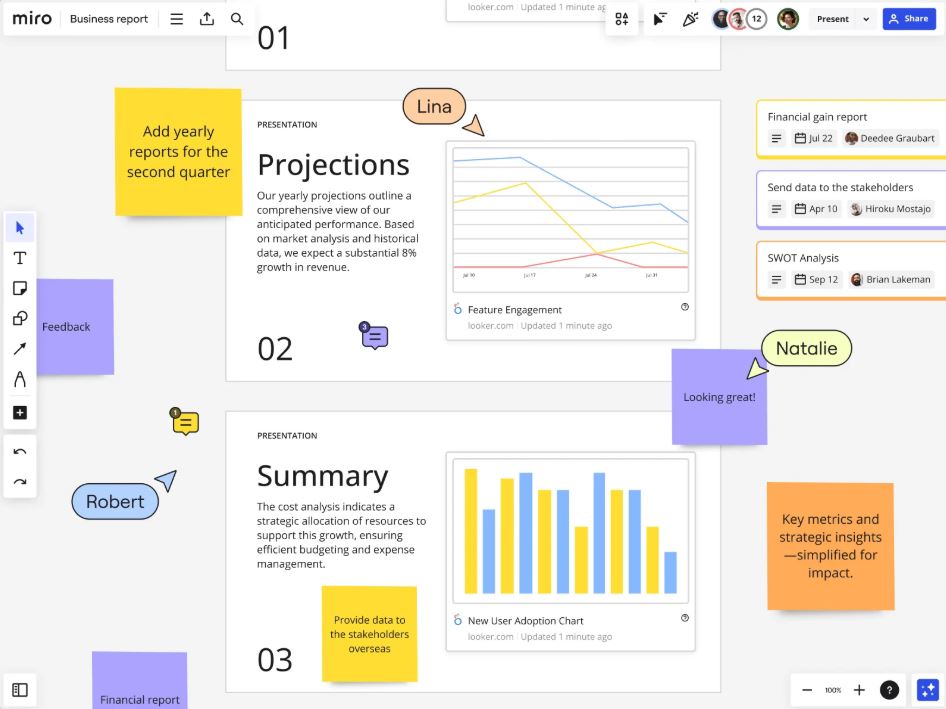


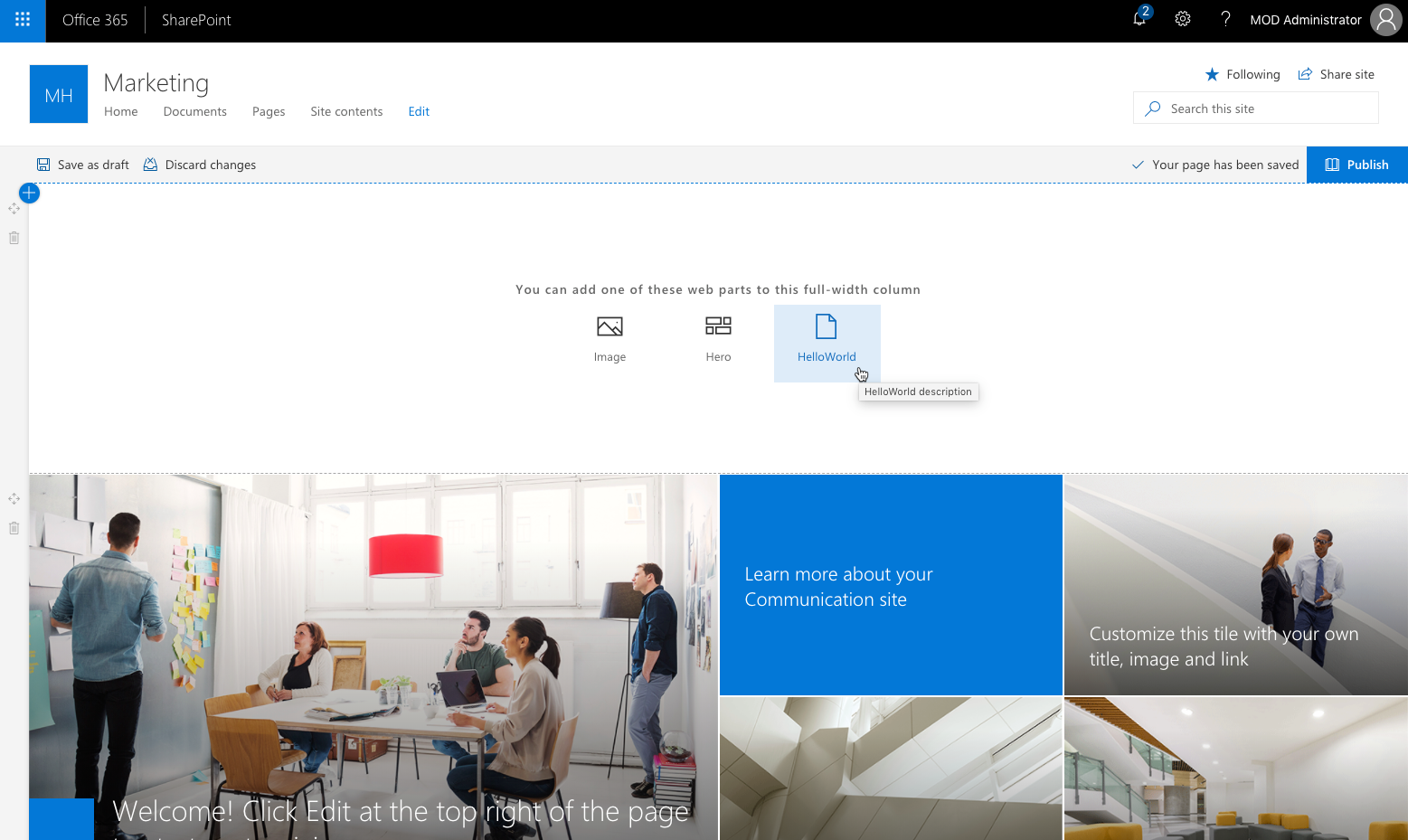
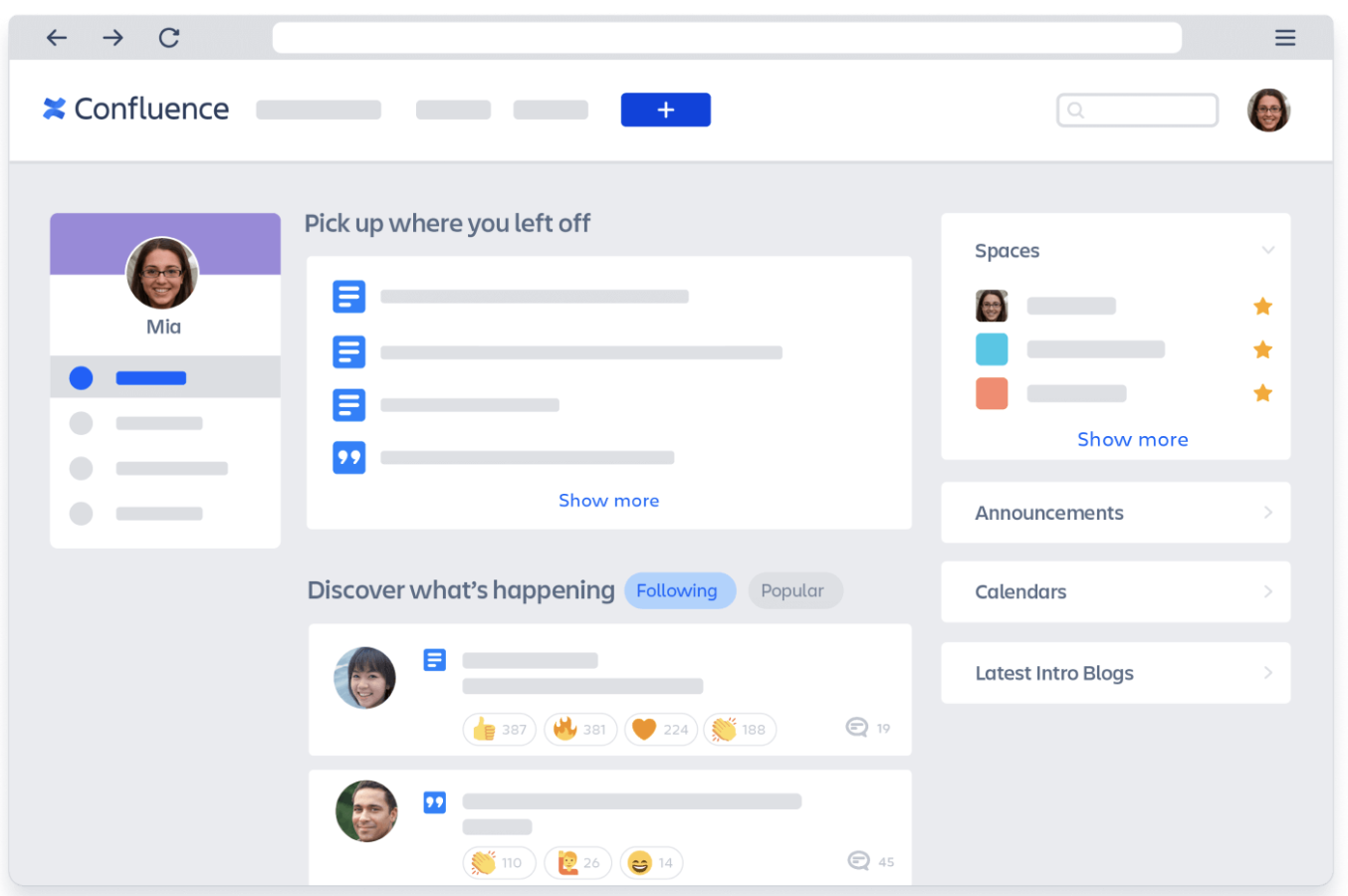
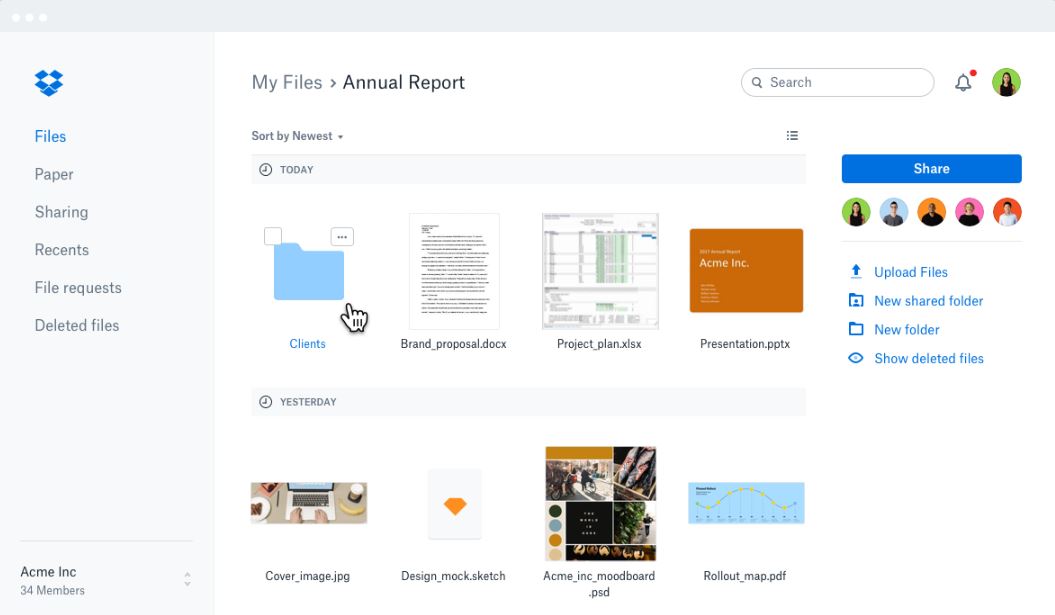
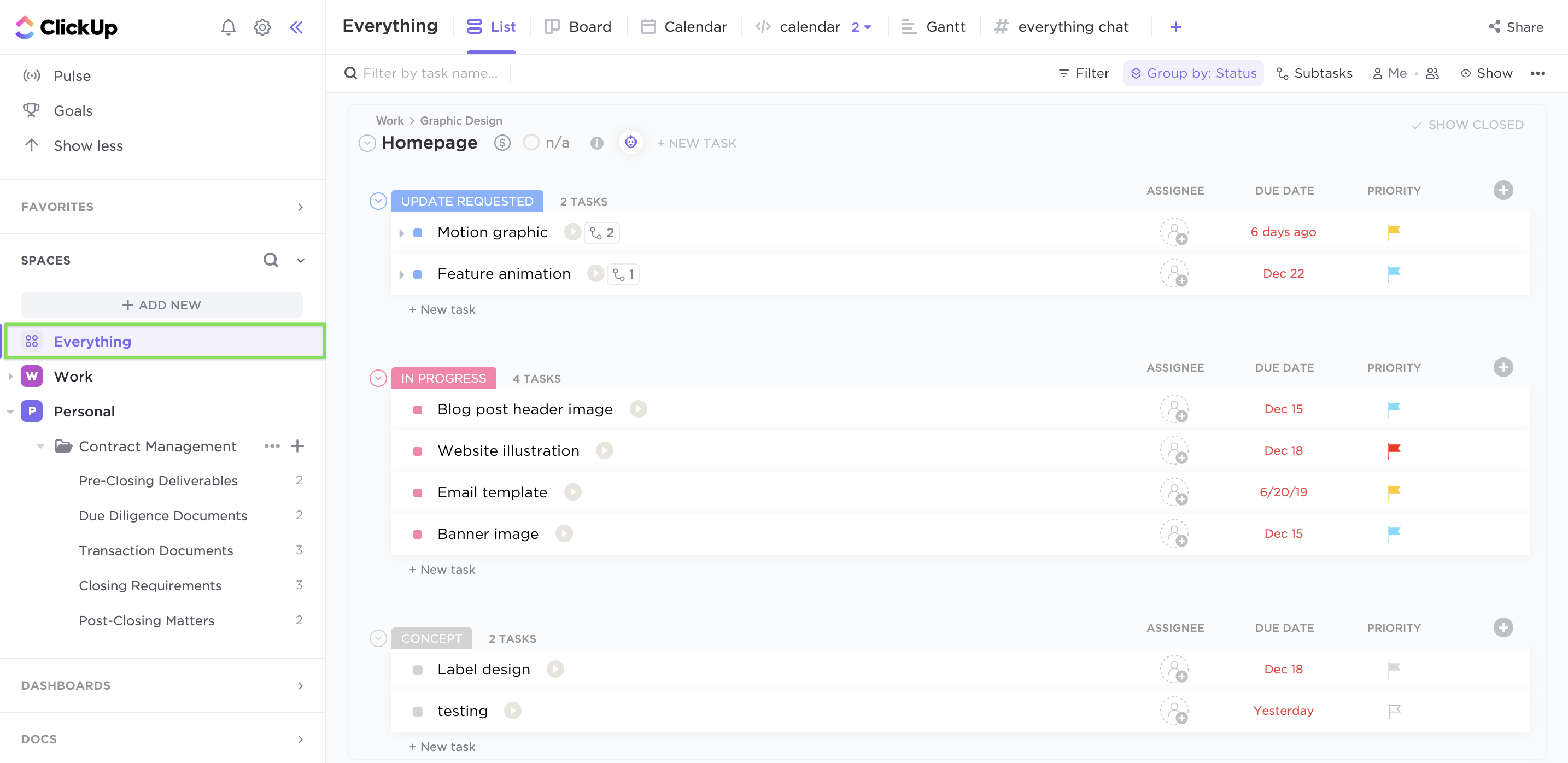
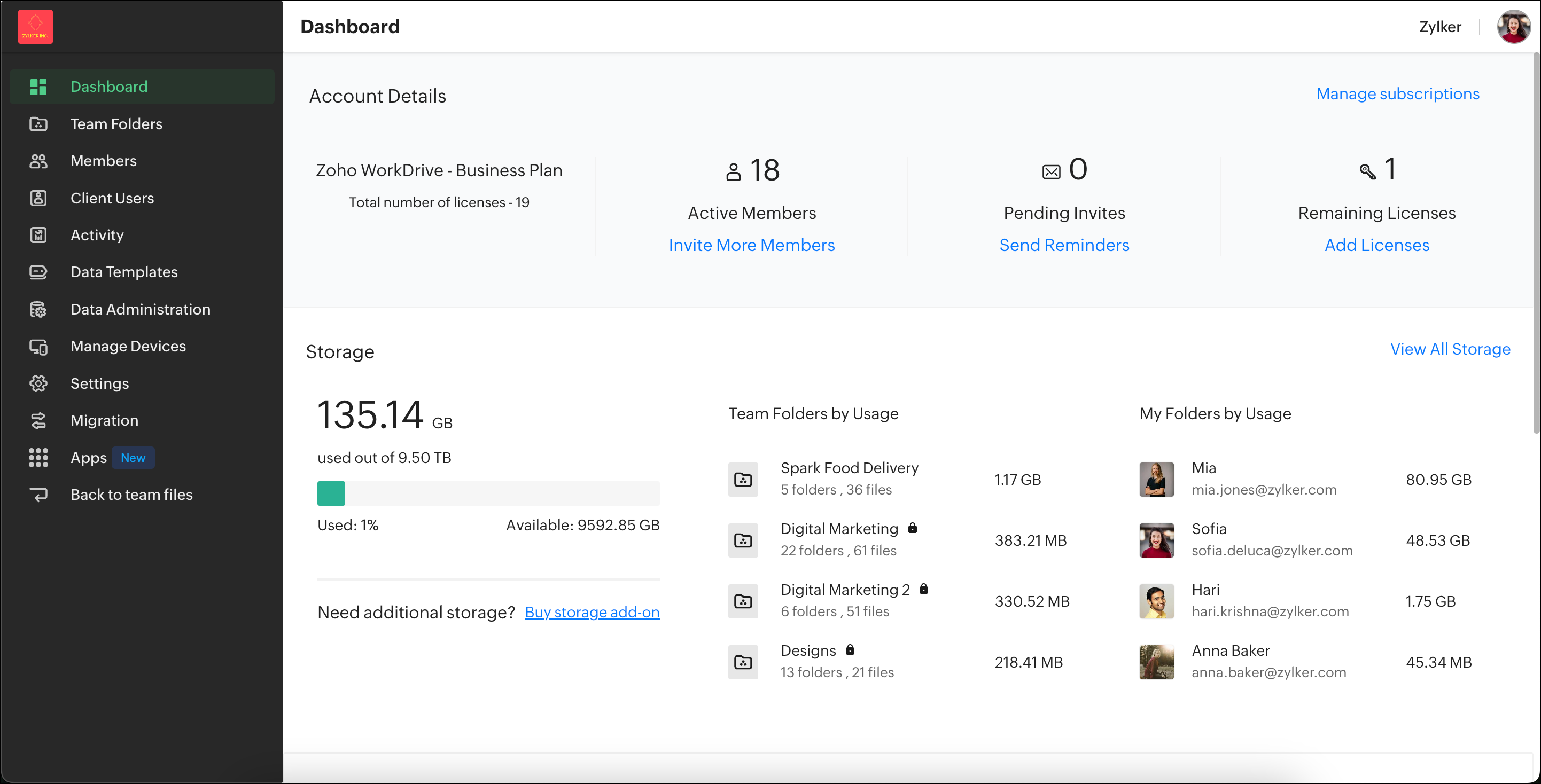


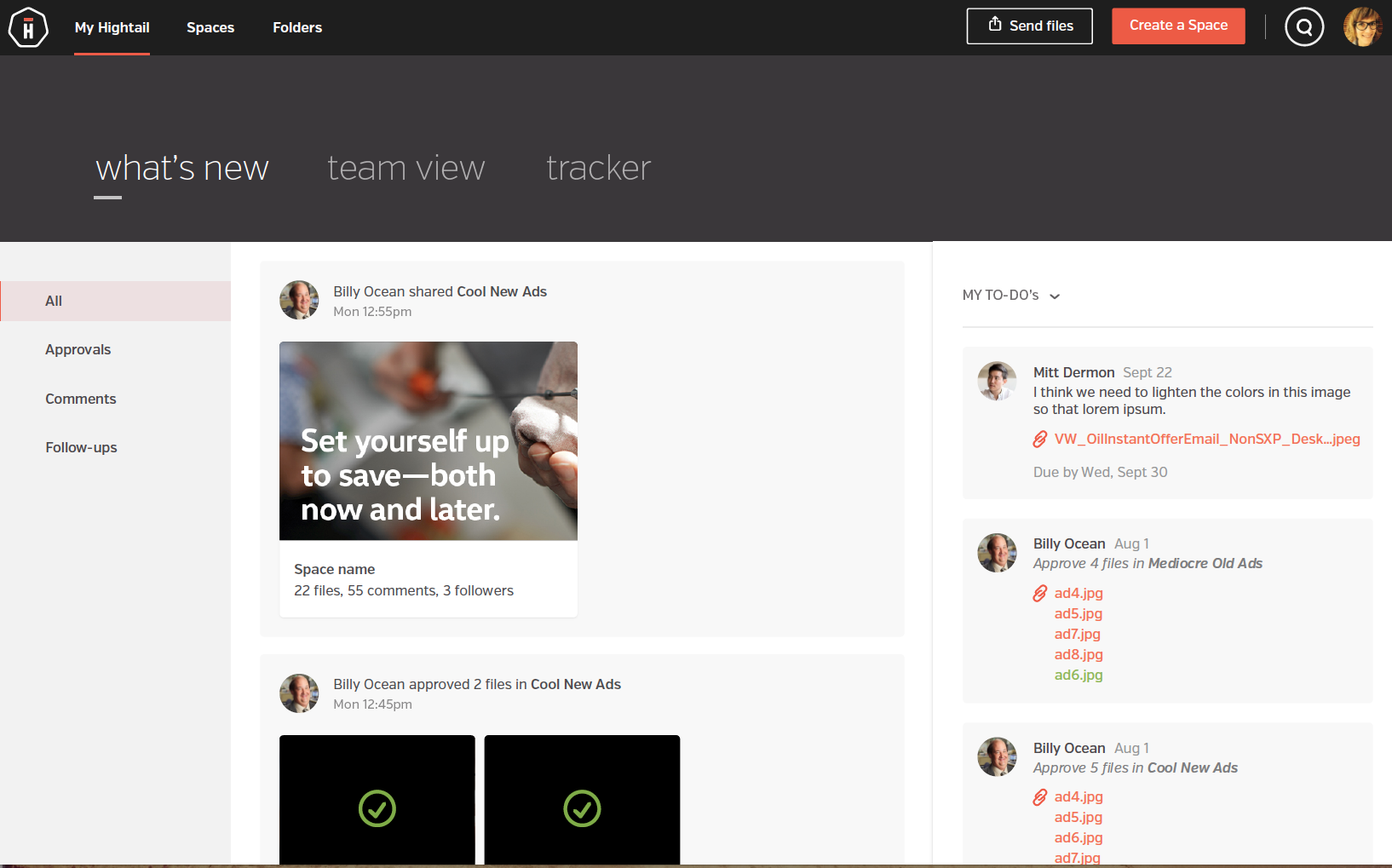
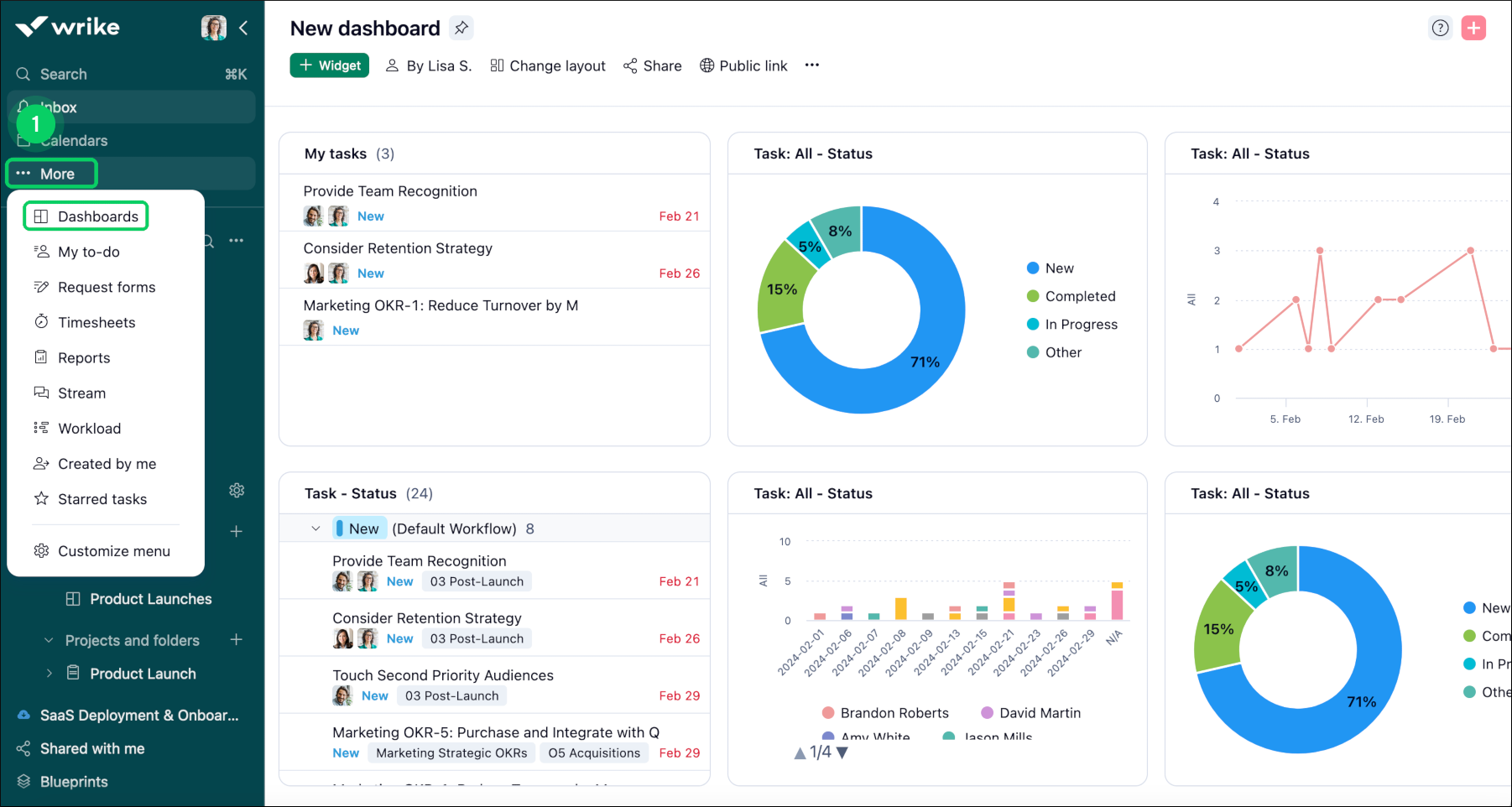
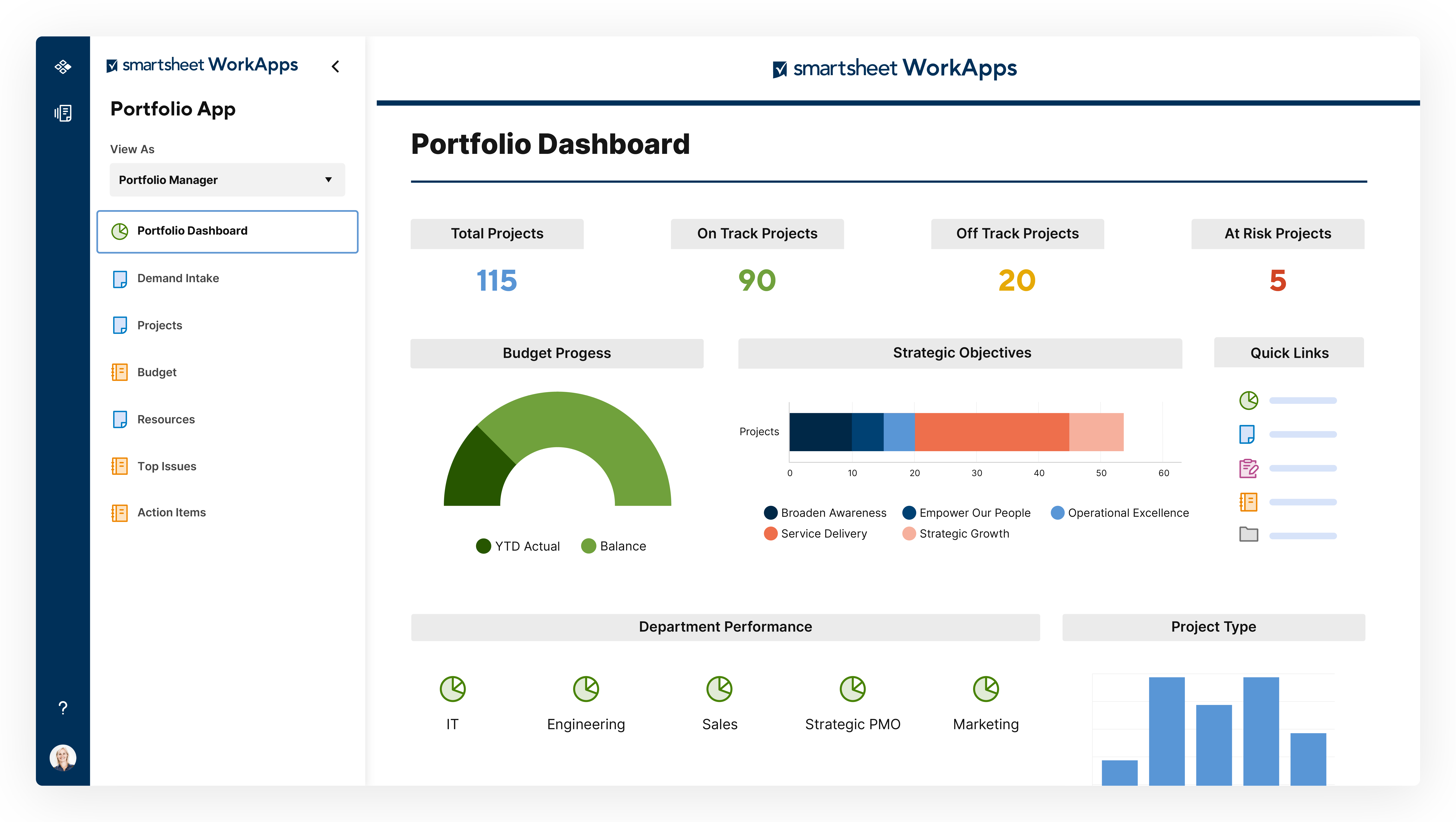






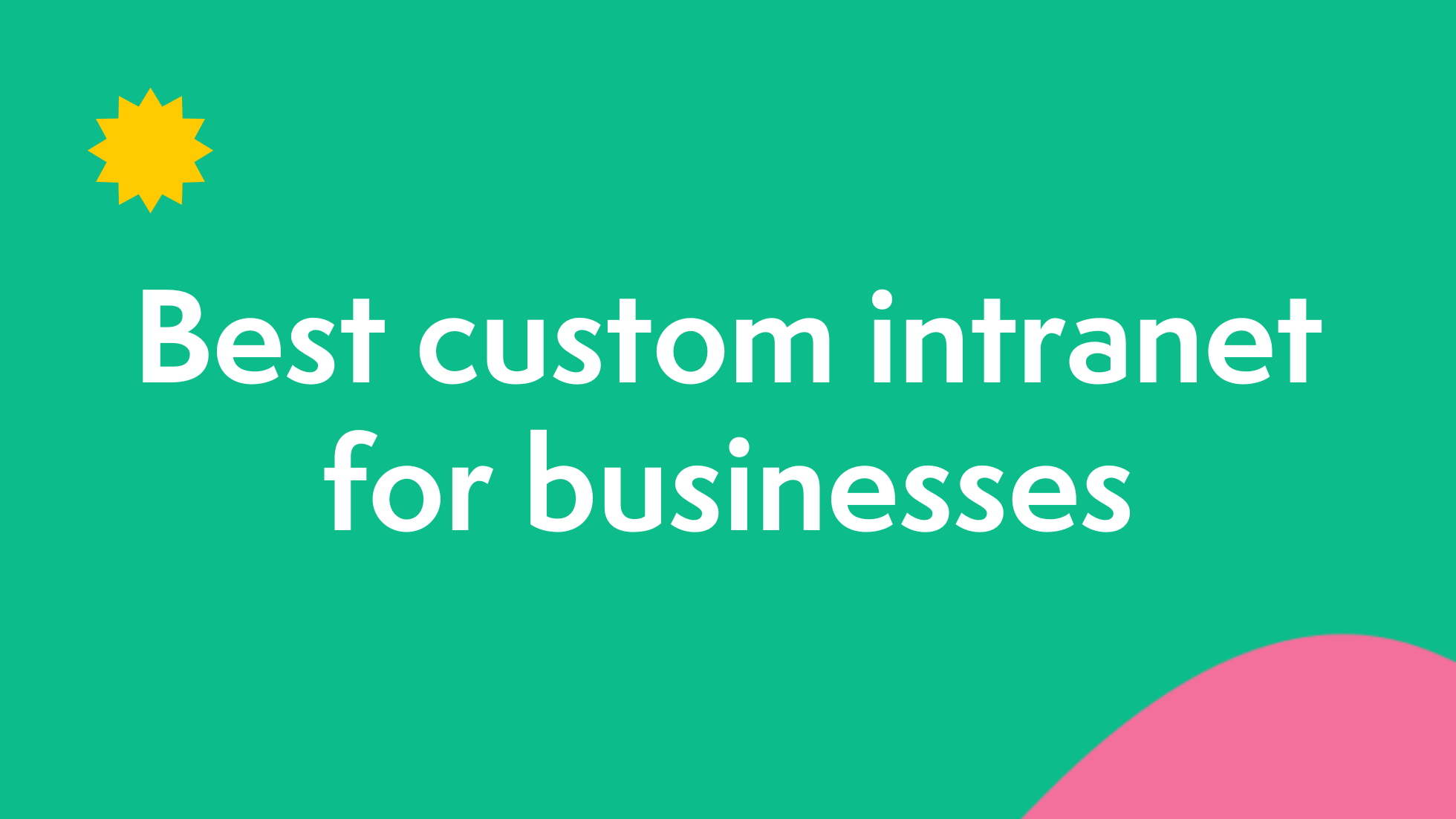


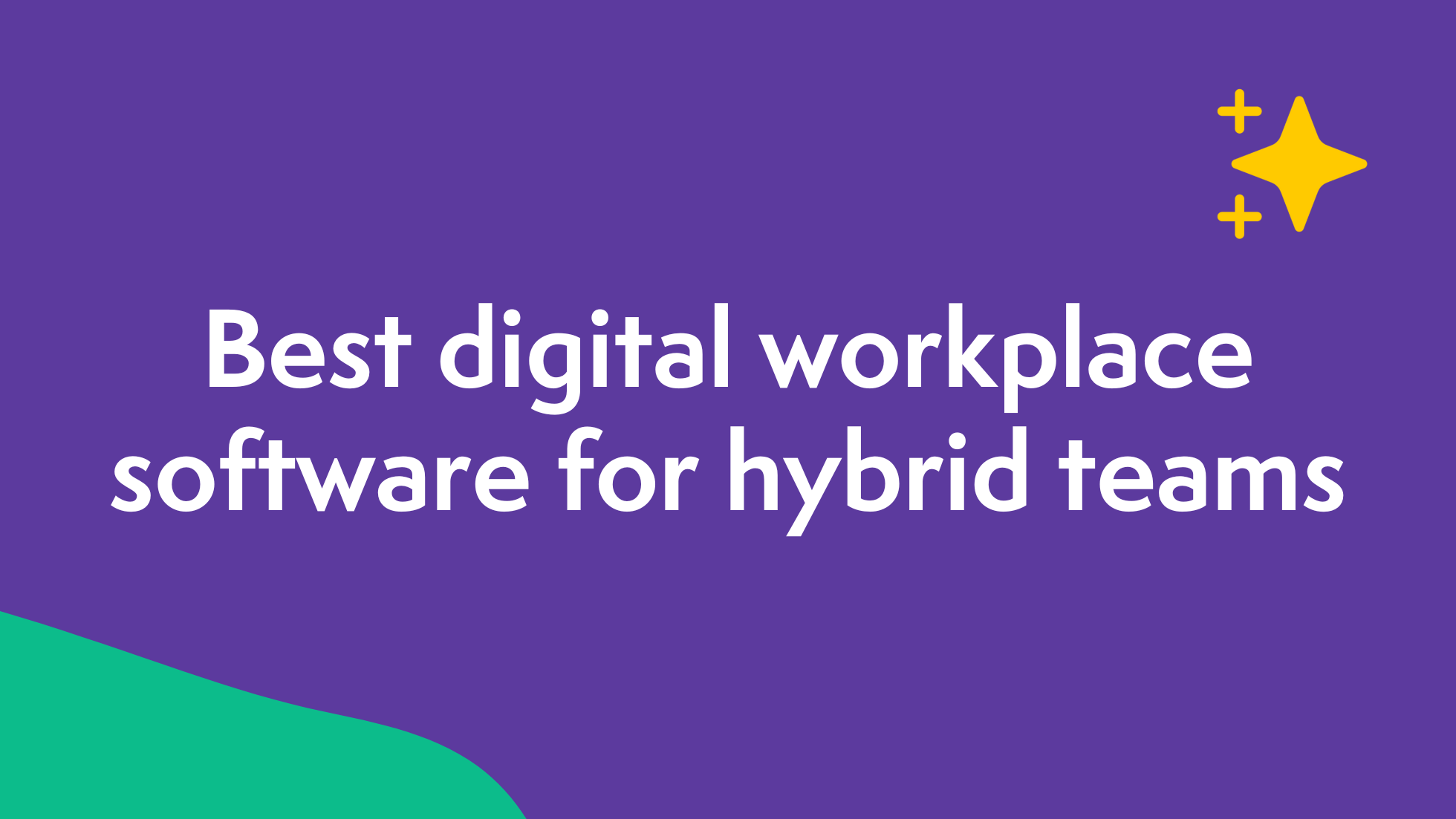
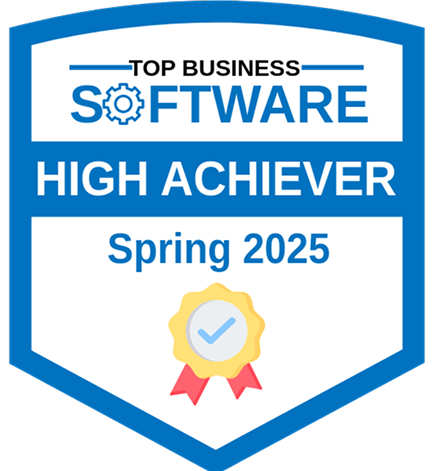


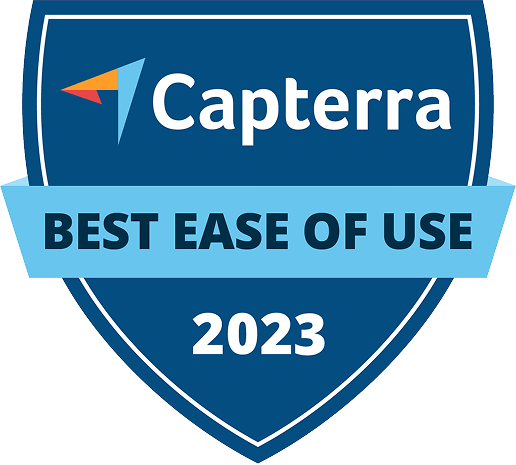
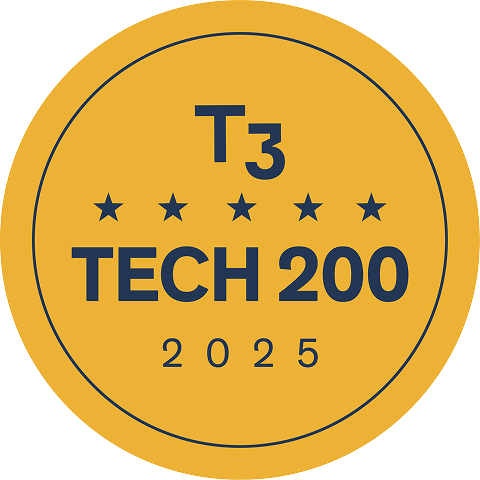
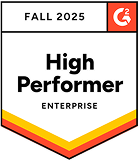

 info@axerosolutions.com
info@axerosolutions.com 1-855-AXERO-55
1-855-AXERO-55


